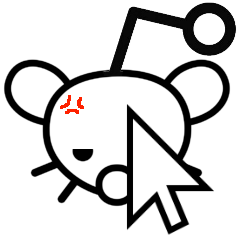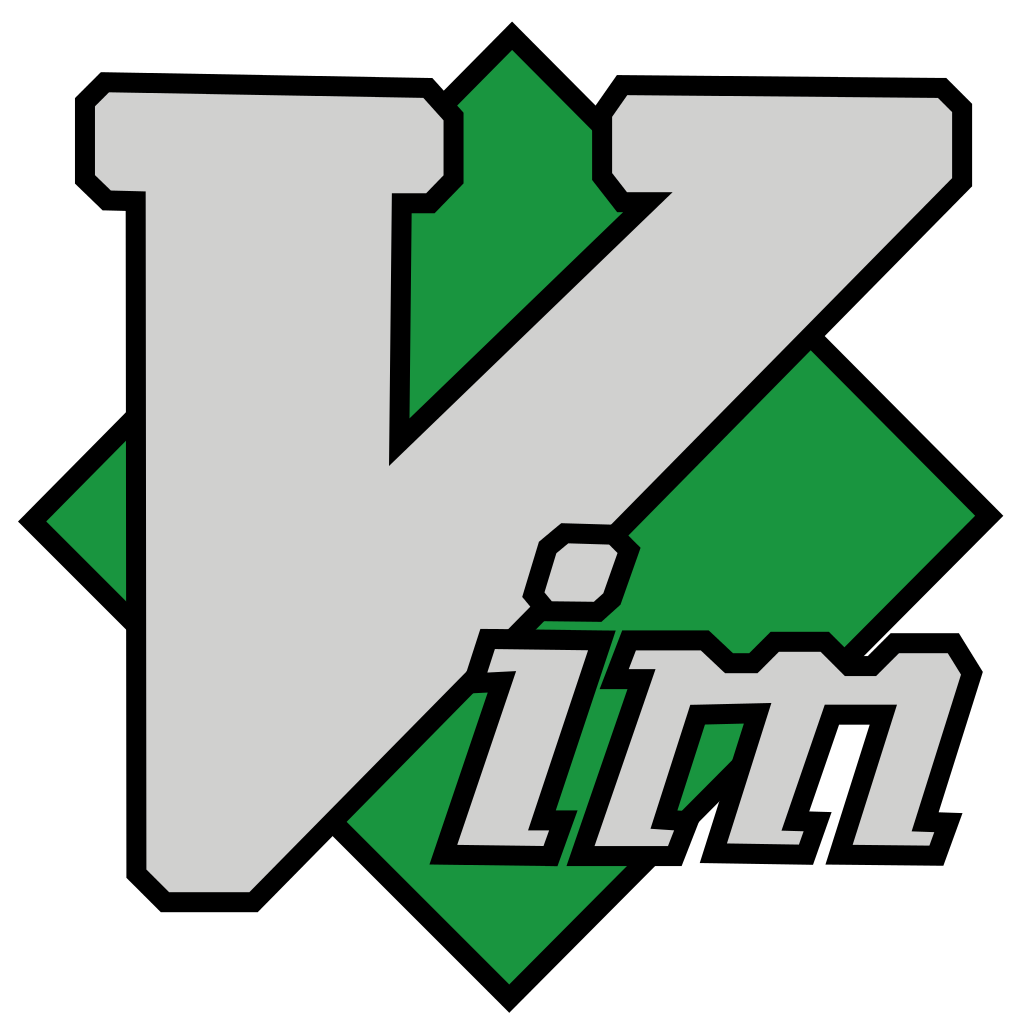I have 22 apps in total, including system apps, and excluding Apple apps (I have an iPhone) I have 15. I think about 9 of my apps are open-source, so…
If you count the Apple apps: 9/22 = ~0.409 (~40.9%).
If you only count non-system apps: 9/15 = 0.6 (60%).
I do plan on getting rid of some apps soon though, so it’s subject to change.
Edit: Fix formatting.










Let me preface this with the fact that I don’t like Apple, or any major corporation for that matter.
So, my family (including myself) have been long-time Apple users, heck, we still have our iPad 1 and a few iPods lying around (and they still work great).
But, we’re all starting to loose trust in them. Most recently there was a problem with a screen that simply seemed to have lost touch sensitivity, it still would move ever so slightly but taps weren’t recognized and slides no longer worked, and Apple really only helped by guiding us to a new phone. Before that, a MacBook Pro’s (and yes, I know it’s not an iPhone) battery flat out died, after being replaced a year or two ago for the the same problem _by Apple_.
Also, I’m even not tech illiterate, I know I can replace the battery and likely get it working again after some calibration and tinkering — but it’s just not worth it. The family enjoys them for their simplicity and how they “just work” but mine (and the person with the MacBook’s) confidence is swayed.
One of the biggest problems for me is that error messages are rarely useful. If a message fails to send or iMessages it doesn’t tell you details or even a Microsoft BSOD error message that we’d make fun of for their lack of usability many moons ago, it’s just failed to send and you’re supposed to accept that it simply doesn’t work.
So yeah, I see where you’re coming from.
Edit: I’d like to say I’m on an iPhone 8 (stuck on iOS 16) and haven’t had too many problems personally. I think most of the issues are in iOS 17 or the newer firmware versions, but I do feel that the quality has gone downhill recently.